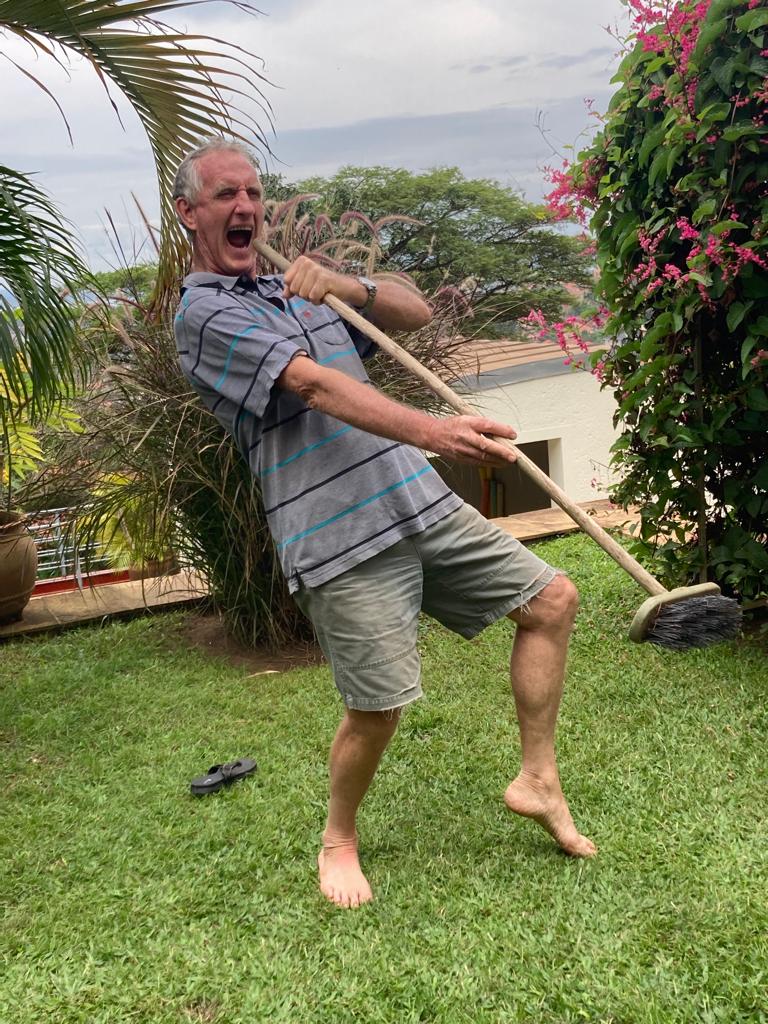Antibiotic only kills bacteria.
Killing bacteria might result in a cure, or expedited recovery, or help an injury recover: but the antibiotic only kills bacteria or in some cases, cause horrible side effects. This might be rather obvious to some of you, but believe me there are some strange beliefs out there. When I first started work in a hospital in Uganda, an injection of streptomycin and penicillin was given to every patient after surgery “to make the wound heal”. When I didn’t prescribe the magic needle, the patients begged the nurse for the injection that healed the scar, fully convinced that if they didn’t get it, then when the sutures were removed the wound would burst.
I have heard tourists asking for antibiotics for coughs, I have seen pharmacists give Amoxyl syrup as cough syrup. I have seen people with twisted ankles given antibiotics: it’s hot painful and swollen it must be an infection, right?
This is not a third-world problem.
Not long ago an official health spokesman for the E.U. said that 80% of prescriptions for antibiotics in the E.U. for respiratory infections were not necessary. There was a long discussion on an international medical education site asking why doctors in USA prescribed azythromycin for upper respiratory tract infections: basically, for viral common colds. They said that patients demanded their “z-pac”. It was advertised direct to the consumer for “respiratory infections” with claims that most respiratory organisms were resistant to other antibiotics: actually true of course, because no antibiotic is of any use in a viral infection. If the doctors didn’t prescribe it, they went to another doctor who would, and then complained to the insurance. Those complaints meant the doctors lost customers. The result is that the best, realistically the only effective, treatment for dysentery, cholera, typhoid and some std’s is now facing increasing antibiotic resistance because it’s prescribed for coughs and sore throats.
So, when are antibiotics needed?
Katyama syndrome or conversion fever. After wriggling through the skin the cercaria lose their tail and become schistosomules. Somehow they get to the liver, and the boys and girls meet. No one knows how. One theory is they whistle and burp. Or they meet in intrahepatic discotheques. That’s why the Nile river rafting guides hold parties that play very loud music after rafting, in an attempt to confuse the schistosomes and prevent them meeting. They spend 3 to 6 weeks in the liver, they grow to about 2 cms long. The male has muscles (don’t we all?) the female is just a long egg laying tube (no comment). He wraps himself round his lady and they spend the next 15 years in permanent copulation. No wonder we feel tired.
Across Europe there are big differences in the rate of prescriptions, the Dutch prescribe the least and some of the southern countries the most. If the Dutch prescribe 4 x fewer antibiotics than the Italians do, does that mean that thousands of Dutch die from untreated infections? Or does it mean the Spanish are swallowing a lot of unnecessary antibiotics? In Kampala a few years ago before I retired, a colleague doing research in this area told me that in Uganda country wide on average 80% o of patients got a prescription for antibiotics. So, I looked at our practice in The Surgery. Our rate was 20% if we included Aminosidine for amoeba. If we excluded Aminosidine it was about 8%. Personally, I had a tooth infection a few years back and I took a course of penicillin V. It was my only antibiotic apart from Aminosidine for giardia for about 20 years.












